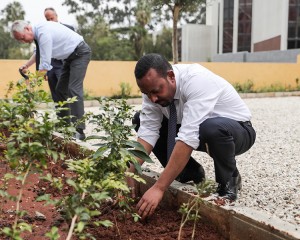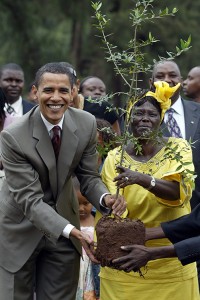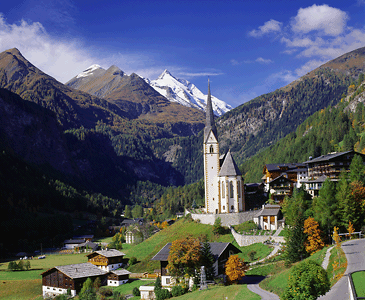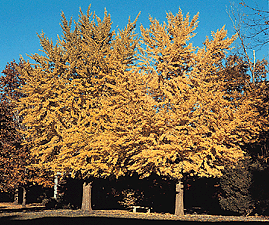1 Day, 350 Million Trees
Monday, August 5th, 2019August 5, 2019
Last week, on July 29, in the northeastern African nation of Ethiopia, citizens worked with conservation groups, business leaders, and the government to plant more than 350 million trees in a single day. Part of Ethiopia’s Green Legacy Initiative to combat deforestation and climate change, the highly organized event resulted in the planting of 353,633,660 seedlings in just 12 hours. Believed to be a world record, the number far exceeded the original goal of planting 200 million trees in one day. The Green Legacy Initiative hopes to brighten the ecological future of a nation prone to such climate-related problems as drought, famine, and soil erosion.

Prime Minister Abiy Ahmed plants one of more than 350 million trees planted in Ethiopia on July 29, 2019. Credit: Office of the Prime Minister
For the record tree-planting day, many schools and government offices were closed to allow more people to participate. Ethiopian Prime Minister Abiy Ahmed joined in the effort, planting trees in the capital city of Addis Ababa. The tree-planting drive targeted areas that have been stripped of forests over the years, and the types of new trees varied from region to region. The United Nations estimates that just 4 percent of Ethiopia is currently covered by forest, down from about 30 percent in 1900. Ethiopia’s ever-growing population, the need for more farmland, unsustainable forest use, and climate change are cited as the major causes for the nation’s drastic deforestation.

Illinois Senator (and future United States President) Barack Obama plants a tree in Uhuru Park in Nairobi, Kenya, with environmental activist and Nobel Peace Prize winner Wangari Muta Maathai in 2006. Every tree planted helps counteract the effects of climate change. Credit: © Green Belt Movement
The Green Legacy Initiative, launched in May 2019, aims to help reverse Ethiopia’s environmental decline by providing tree seedlings, encouraging tree-planting groups, and asking every citizen to plant at least 40 trees by the end of October. (The seedlings have a better chance of surviving in Ethiopia during the wetter months from May to October.) With a population of about 114 million people, this puts the initiative’s goal at more than 4 billion newly planted trees. More than 2.6 billion trees have been planted so far. Aside from ordinary counting methods, the Ethiopian government is using satellites and special computer software to keep track of the immense number of planted seedlings. The Green Legacy Initiative is also cleaning waterways and making agriculture more sustainable.
The planting of carbon dioxide-absorbing trees—along with recycling and reducing the use of plastics, fossil fuels, and other environmentally damaging materials—is a highly effective way to counteract the effects of global warming and climate change. India set the previous world record for the most trees planted in one day (50 million) on July 11, 2016.





